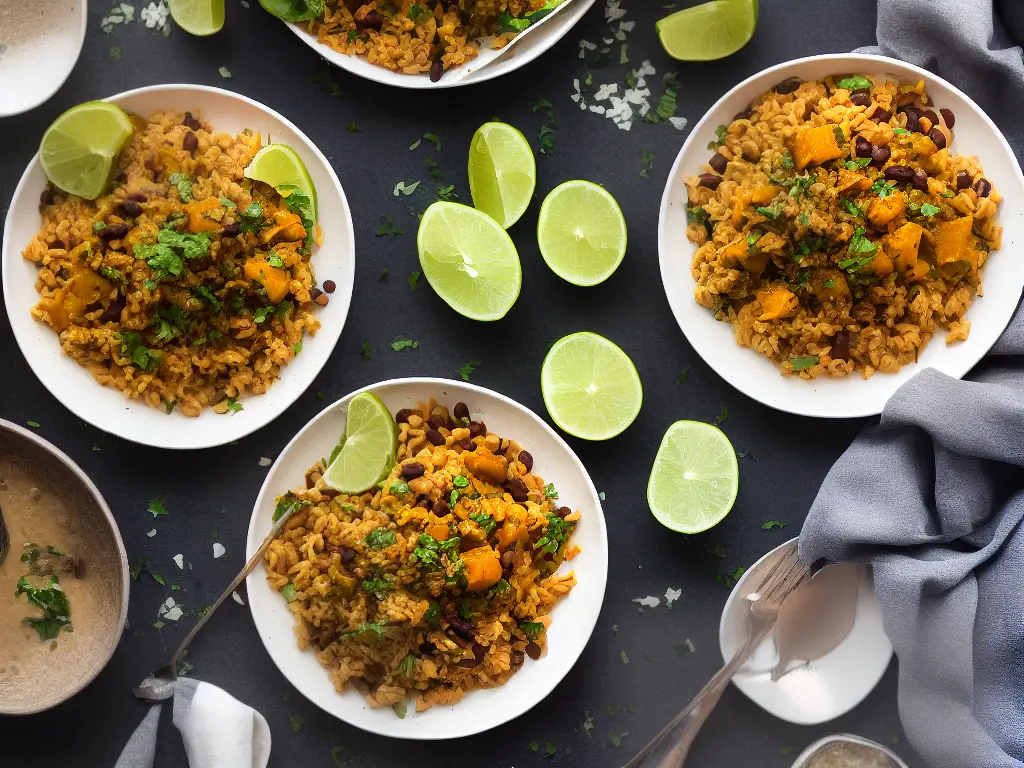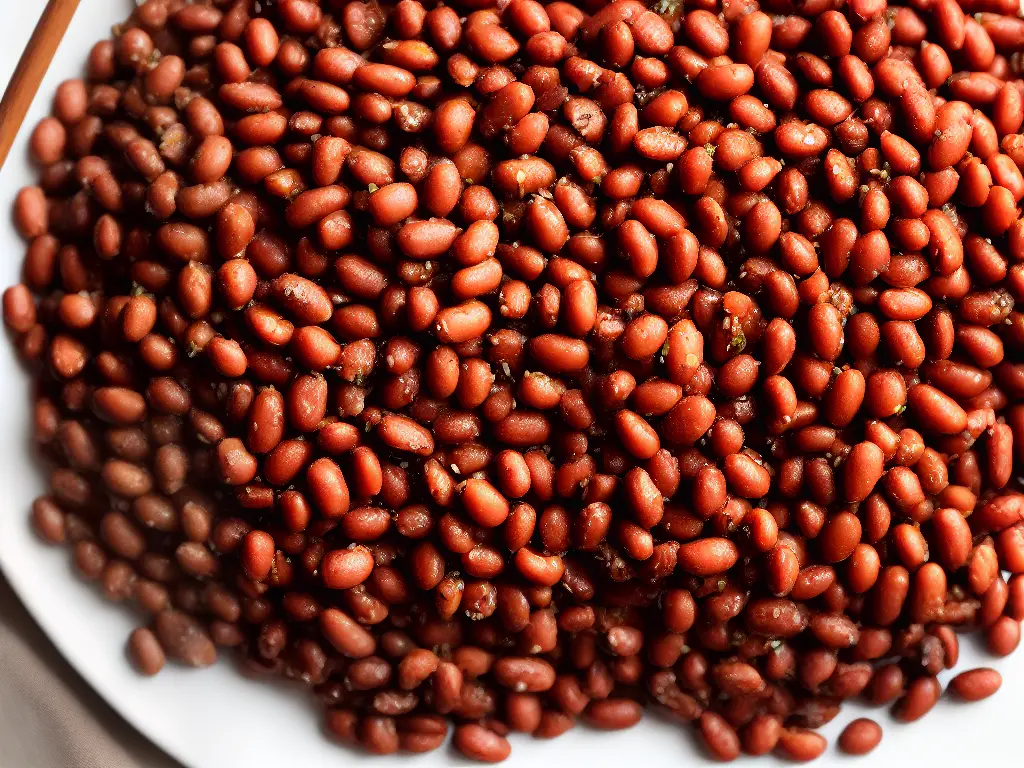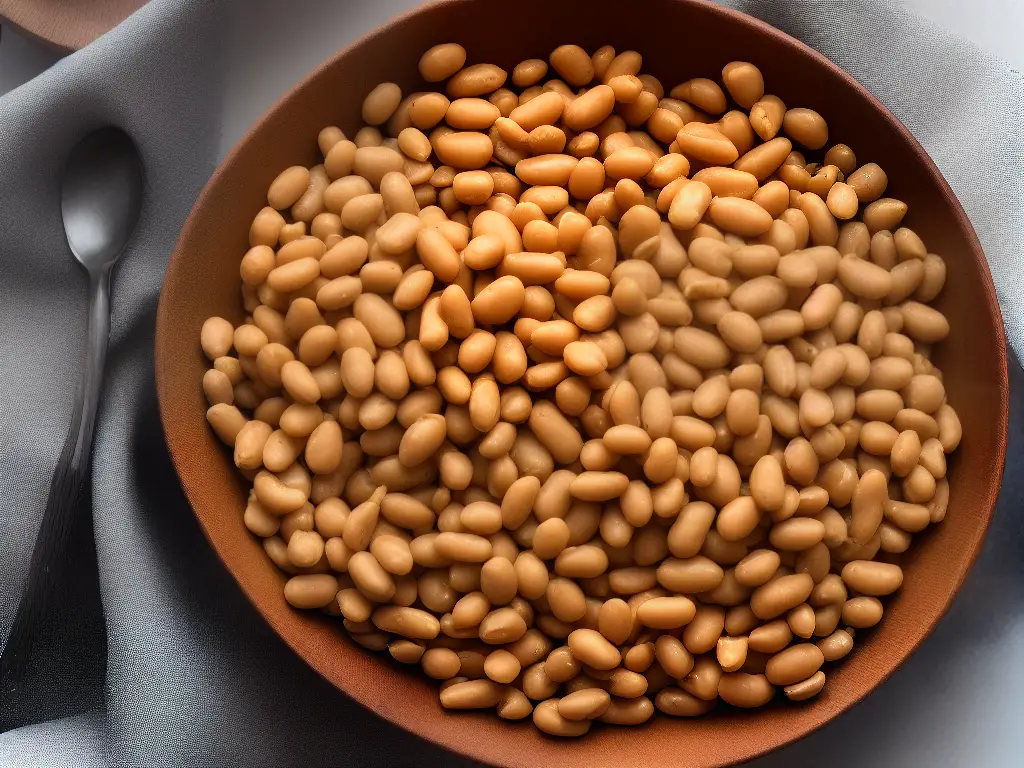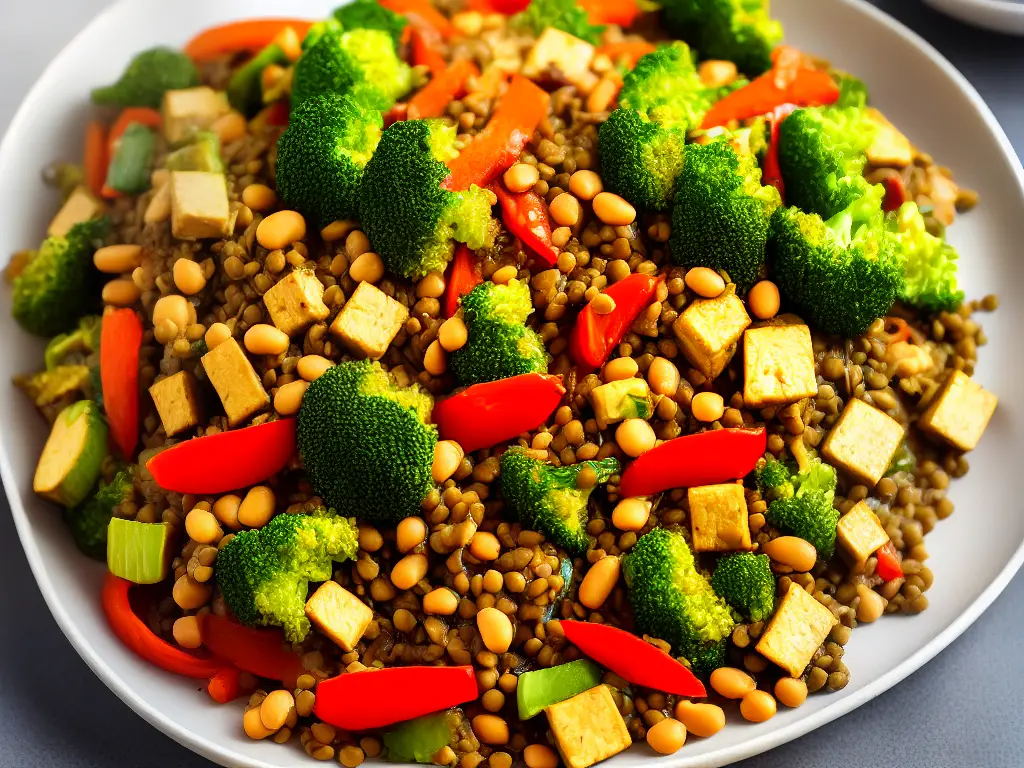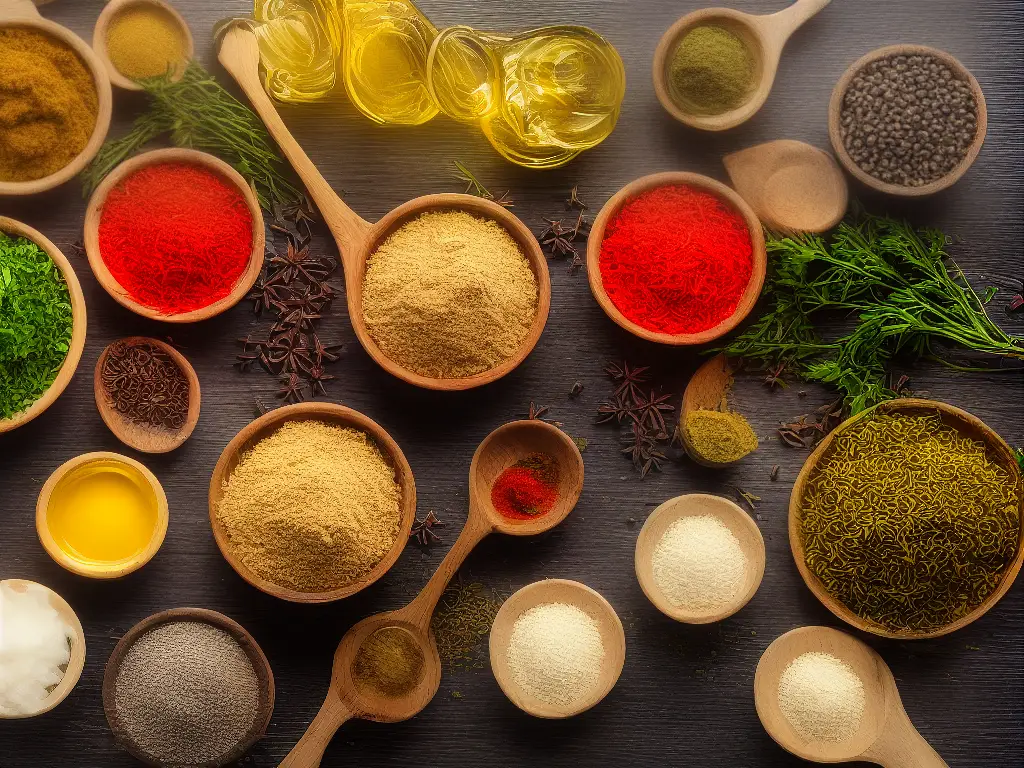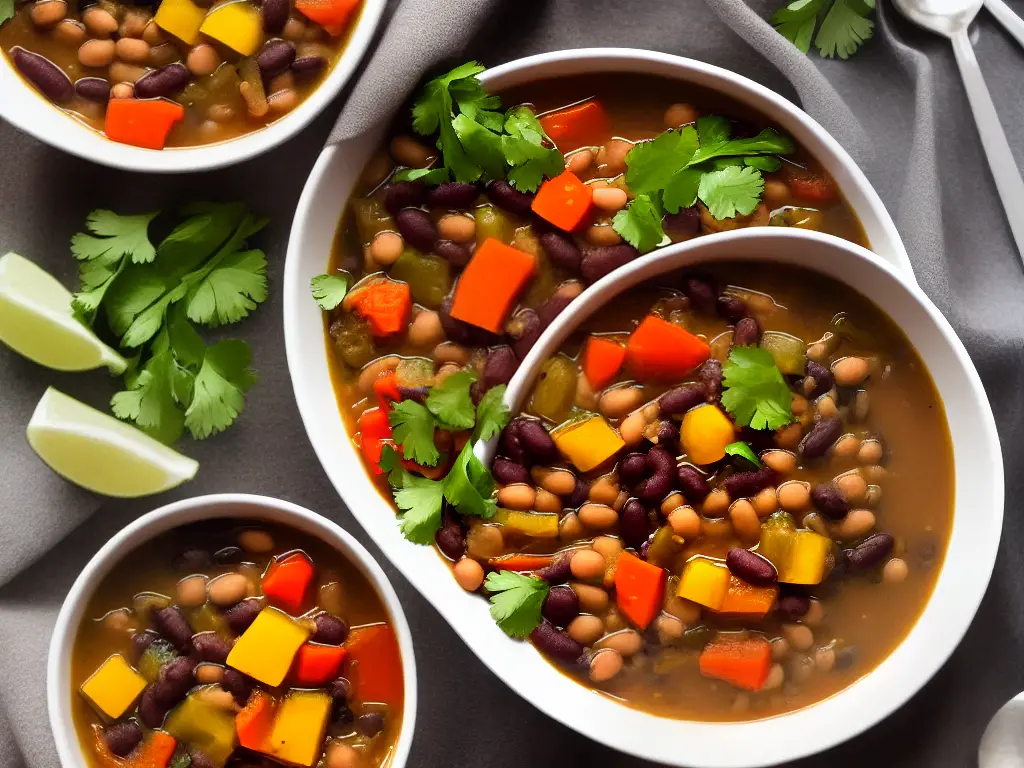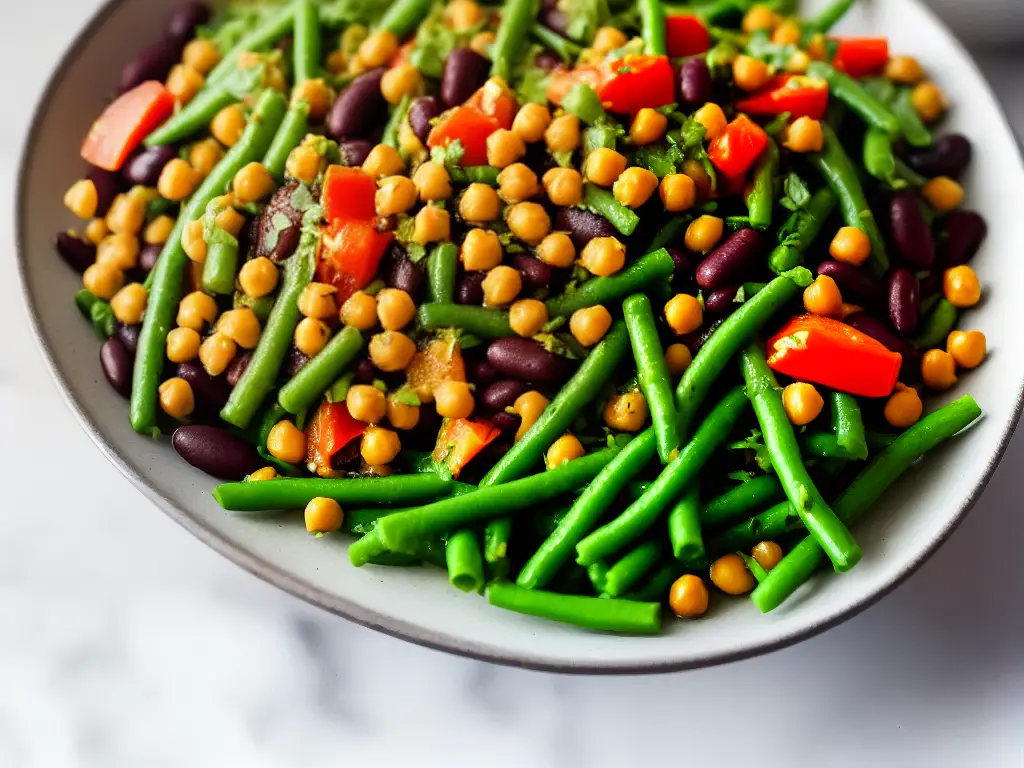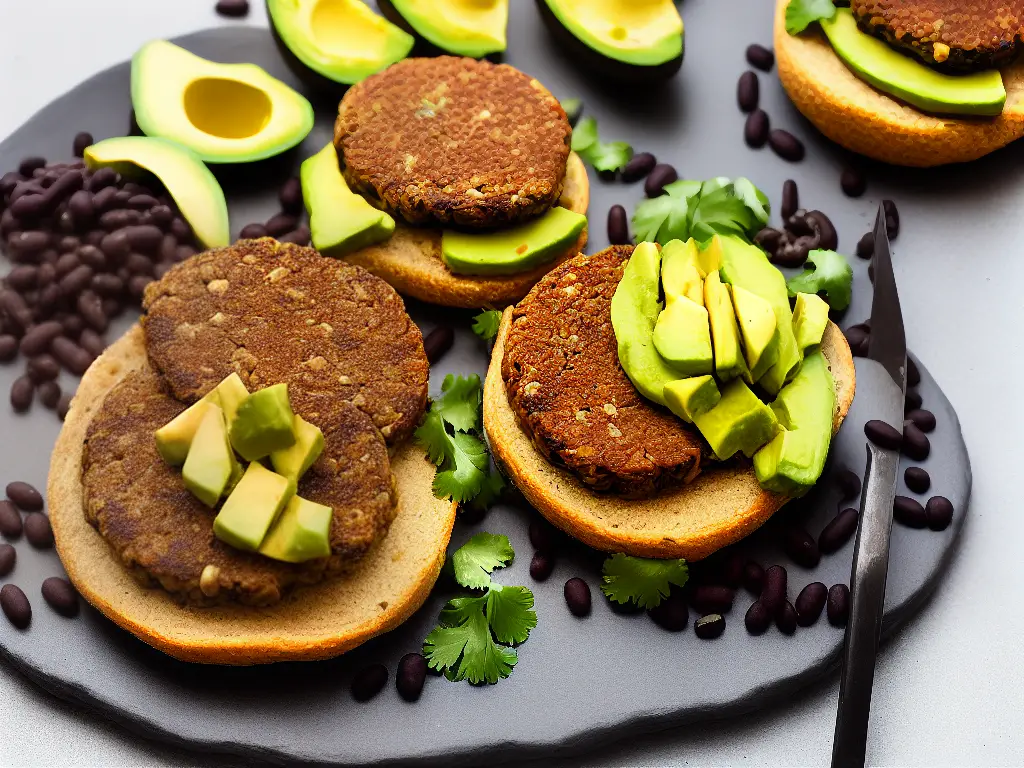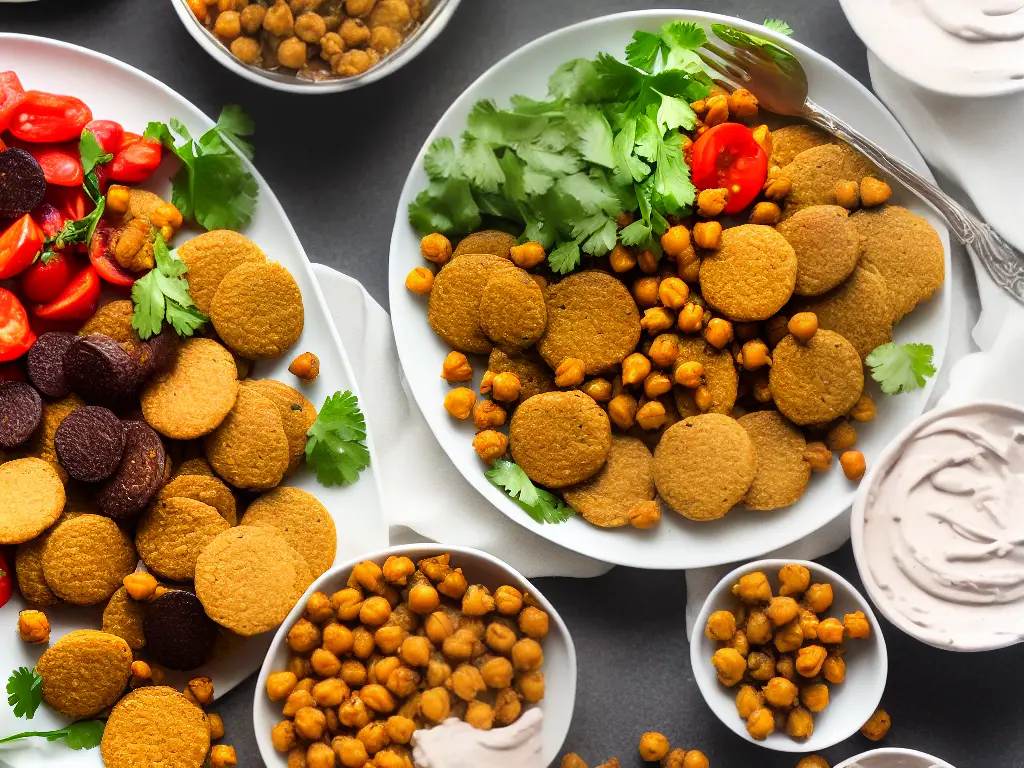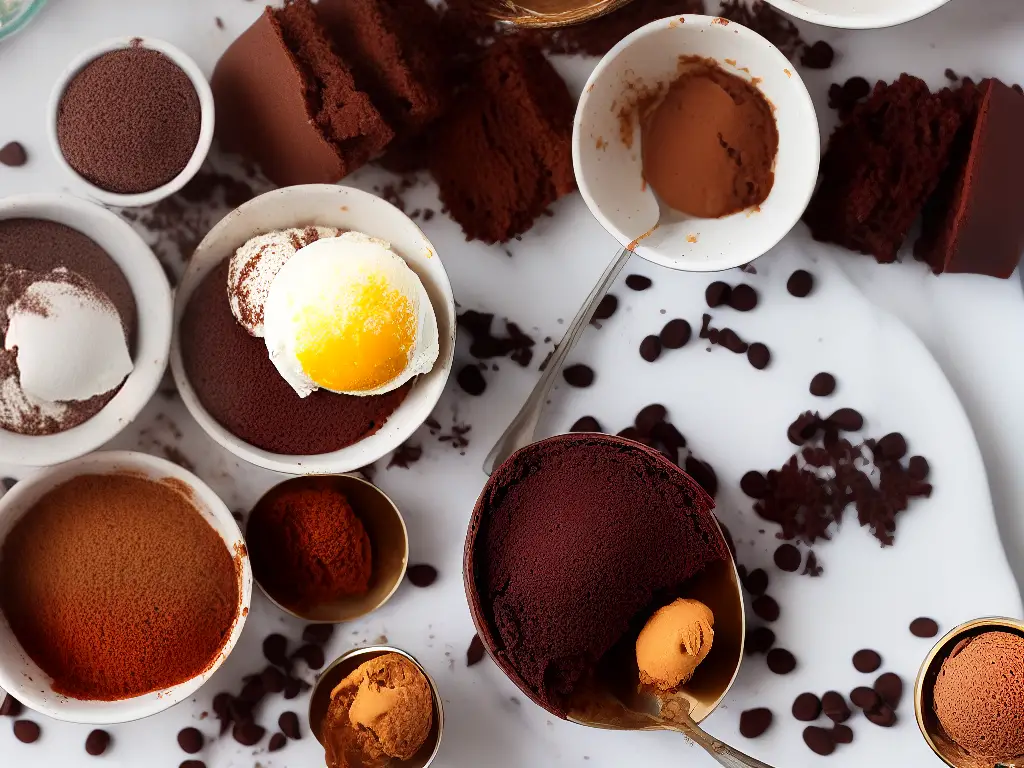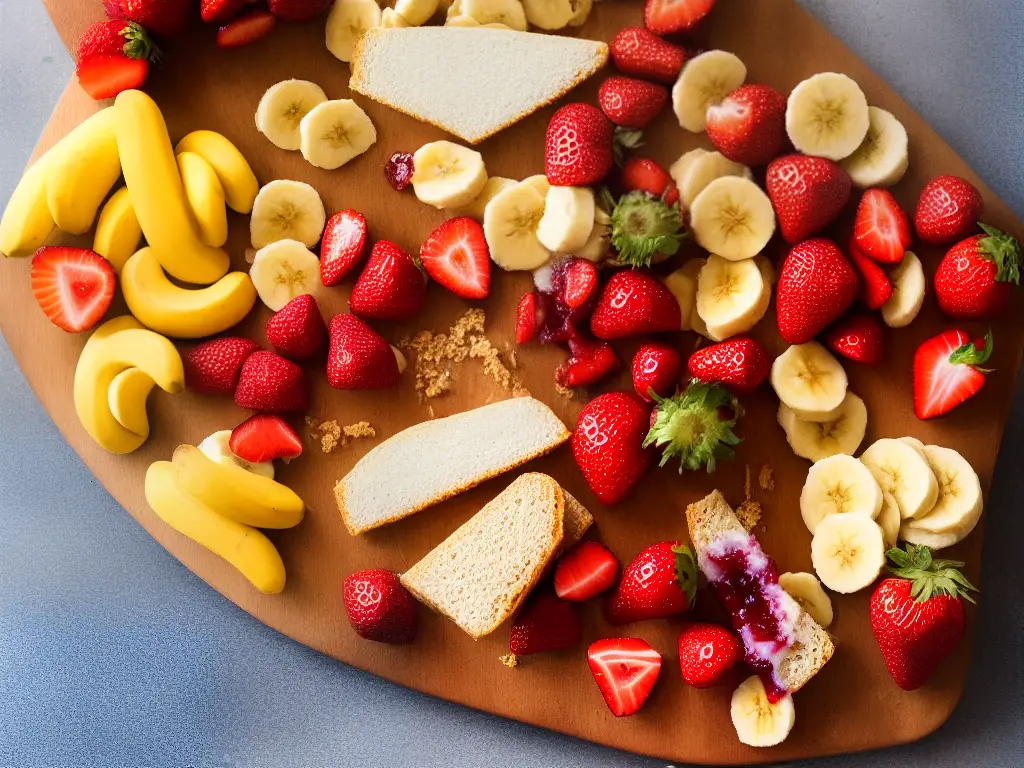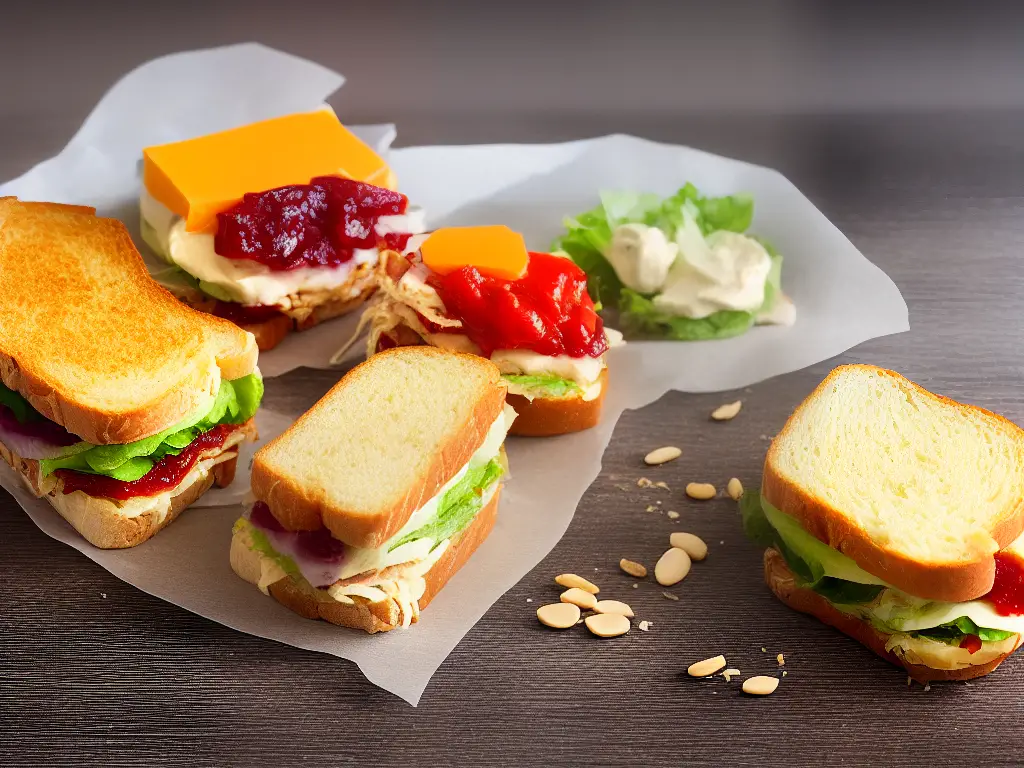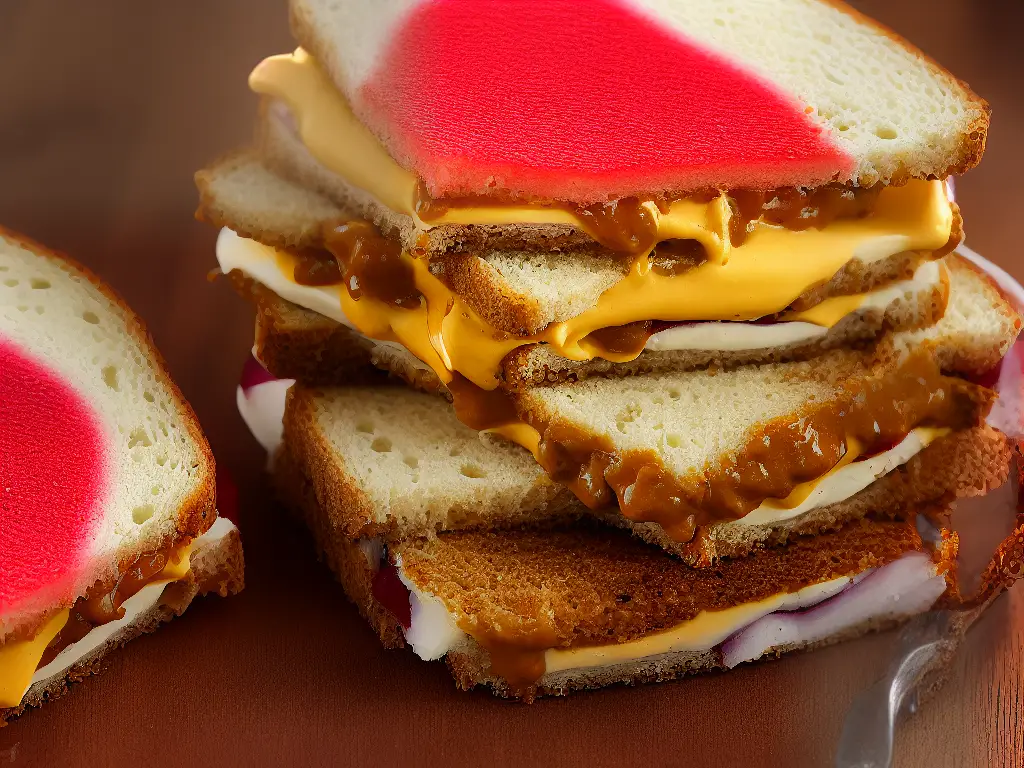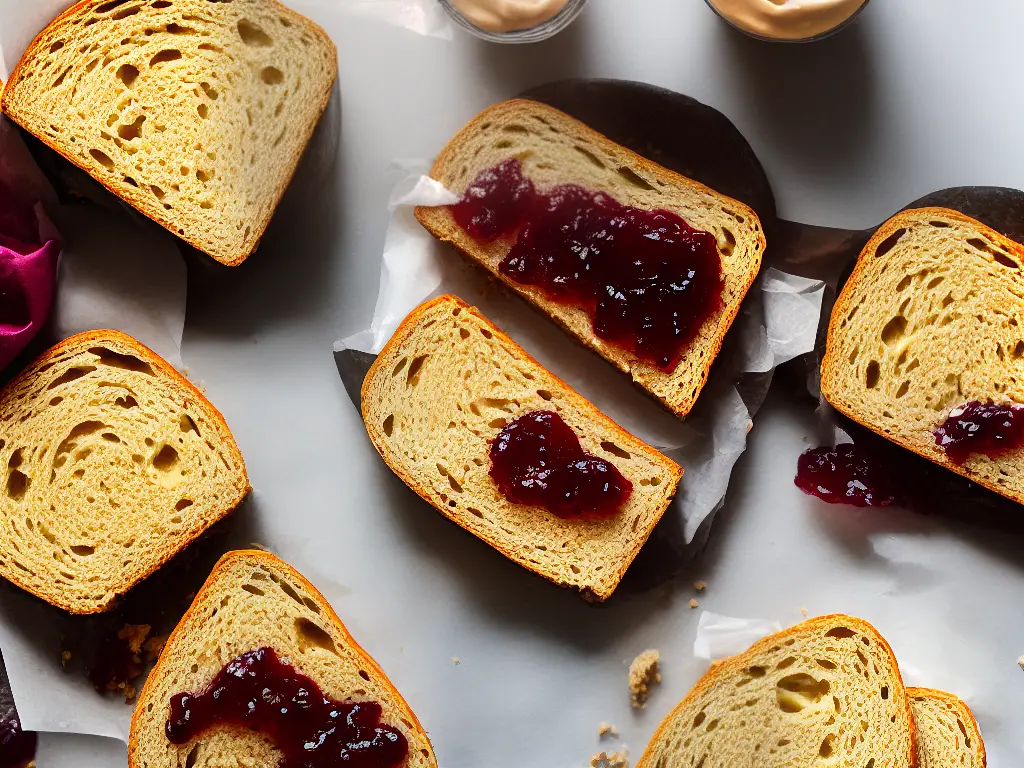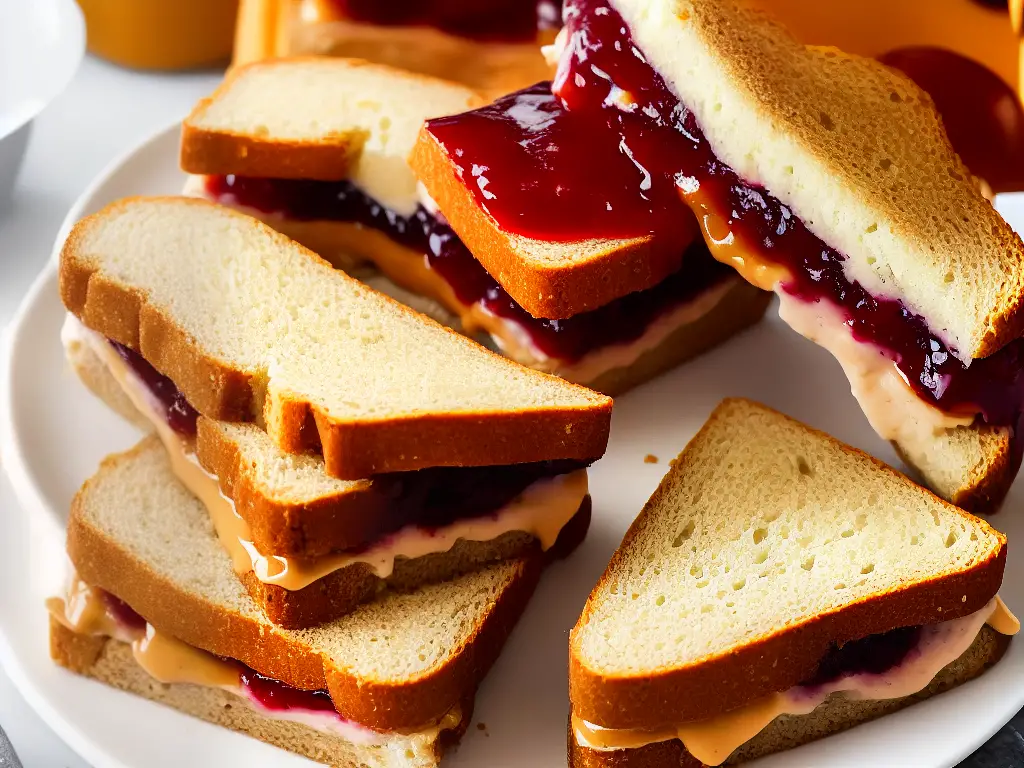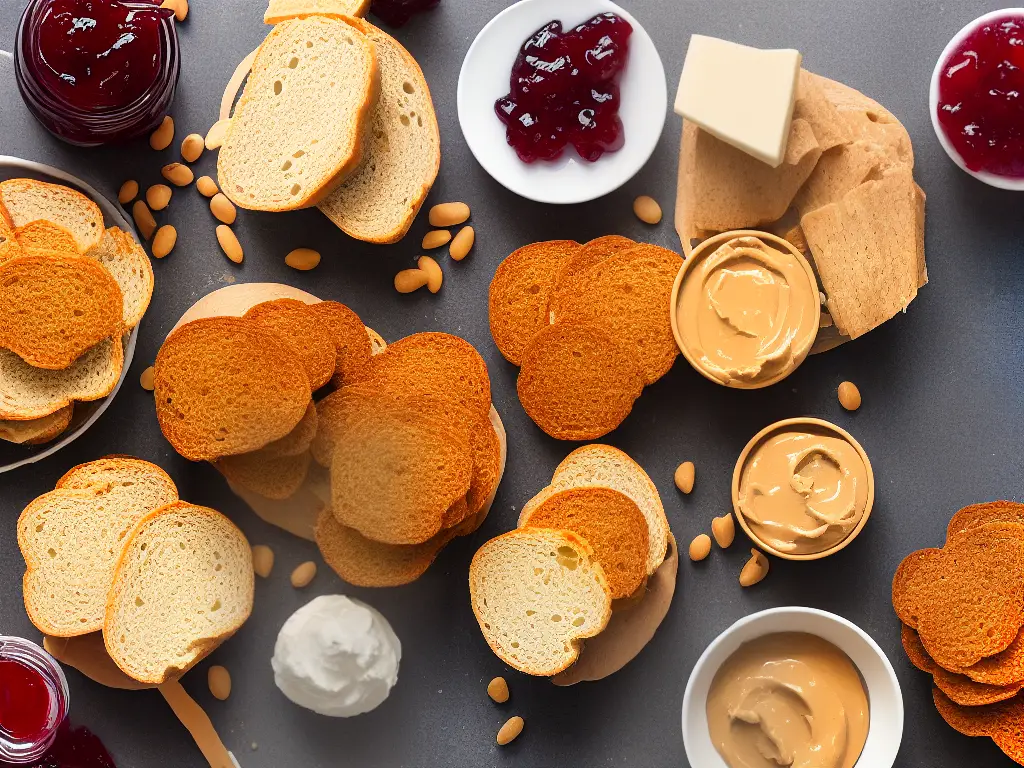Beans are a versatile and nutritious food ingredient, packed with proteins, fibers, vitamins, and minerals, making them an excellent choice for a healthy and balanced diet. The humble bean can be transformed into an array of delicious and satisfying dishes, from appetizers to main courses and even desserts. In this essay, we will delve into the world of beans, exploring the various types available, their nutritional content, and different methods for preparation. We will also discuss delicious recipes from around the globe, featuring beans as the star ingredient, and provide insights on how to get creative in the kitchen by developing your own bean-based recipes.
The Health Benefits of Different Types of Legumes
Lentils come in green, red and black varieties and are commonly used in soups, salads and stews. Apart from being a fantastic choice for vegetarians and vegans, they are packed with nutrients. Lentils are rich in protein, dietary fiber, essential vitamins like iron and folate, and minerals, which help meet the nutrient needs typically met by consuming animal products.
Chickpeas, also known as garbanzo beans, are high in protein which makes them a great meat alternative in a meal. They are often used in recipes like hummus and falafel. Additionally, they are rich in dietary fiber, which helps improve digestion and manage weight. Chickpeas are also rich in essential vitamins like iron, magnesium and potassium, which contribute to overall health.
Black beans have a rich source of protein, which is important for muscle growth and development. They offer high levels of antioxidants that help fight inflammation in the body. They are beneficial for heart health since they contain nutrients like magnesium and potassium that regulate blood pressure. Black beans are a staple in many Latin American and Caribbean dishes, popular for their versatility in recipes such as burritos, soups and salads.
Kidney beans are commonly used in chili, rice dishes and salads. They provide a great source of essential nutrients like molybdenum, folate and copper. These nutrients play a role in detoxifying the body, cell growth, brain function, and the formation of DNA. Kidney beans are also an impressive source of heart-healthy dietary fiber.
Navy beans, small white beans commonly used in baked bean dishes, soups, and stews, are an excellent source of protein and dietary fiber. By supporting digestive health and helping to regulate blood sugar levels, these nutritious beans contribute to overall well-being. Additionally, navy beans are rich in B-complex vitamins, which are essential for both mental and physical health.
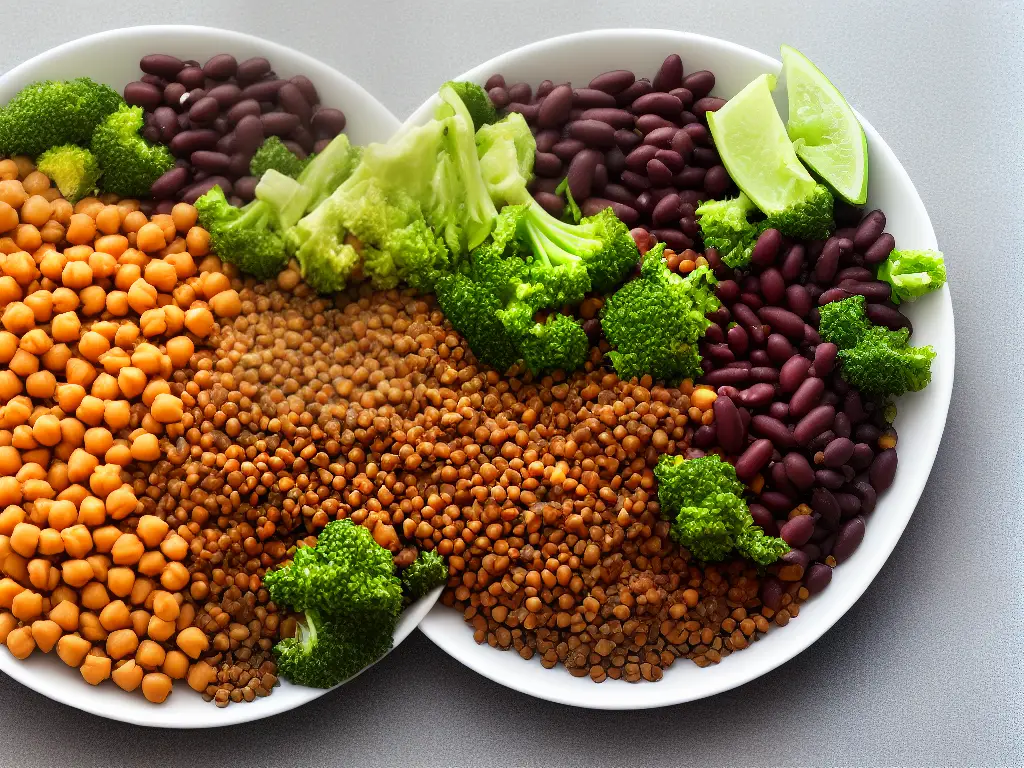
Ways to Prepare Beans
Given their versatility and health benefits, it’s no wonder beans are a staple in many cuisines around the world. The various ways to prepare beans unlock different flavors and textures, making them an exciting ingredient to experiment with in the kitchen.
Soaking Method:
One common preparation technique is soaking, which involves submerging dry beans in water for several hours or overnight. This process softens the beans, decreasing their cooking time and making them easier to digest. It’s important to note that you should discard the soaking water, as it contains indigestible sugars that contribute to gassiness.
Boiling Method:
Another popular method for cooking beans is boiling. After they have soaked, rinse the beans and place them in a large pot, adding fresh water and any desired seasonings. The beans can then be simmered until tender, generally for one to two hours, depending on the type and size of the bean. Boiling retains most of the beans’ nutrients and is a simple, effective way to cook them. To save time and energy, some people opt for pressure cooking. This involves using a pressure cooker to drastically reduce the cooking time, often resulting in perfectly cooked beans in less than 30 minutes. This method is especially useful for beans that tend to take longer to cook like chickpeas and kidney beans.
Canned Beans:
For those who prefer the convenience of canned beans, there’s an abundance of varieties to choose from, including black beans, pinto beans, and cannellini beans. Canned beans are pre-cooked, which means they can be used immediately in various recipes, such as soups, salads, and stews. However, it’s essential to rinse and drain canned beans before using them, as this helps to eliminate some of the sodium and the liquid that may cause gassiness.
Mitigating Gassiness:
When it comes to mitigating gassiness associated with beans, there are a few helpful tips to keep in mind. As mentioned earlier, discarding the soaking water is crucial, as it contains the sugars responsible for gas production. Some people also like to add a piece of kombu – a type of edible seaweed – to the cooking water, as it contains enzymes that can help reduce gassiness. This technique is often used in traditional Japanese cuisine when preparing beans. Alternatively, some spices, such as cumin, fennel, and ginger, are believed to aid digestion and can be added during the cooking process.
Sprouting Beans:
One intriguing and healthful way to incorporate beans into your diet is by sprouting them. Sprouting is the process of germinating beans, which involves soaking them in water for several hours before rinsing and draining them periodically over the next few days. Once the beans develop small sprouts, they can be consumed raw or cooked. Sprouted beans are easier to digest and contain increased nutrient levels, including vitamins and enzymes that aid digestion. Popular beans for sprouting include lentils, mung beans, and chickpeas, making a tasty and nutritious addition to various recipes.
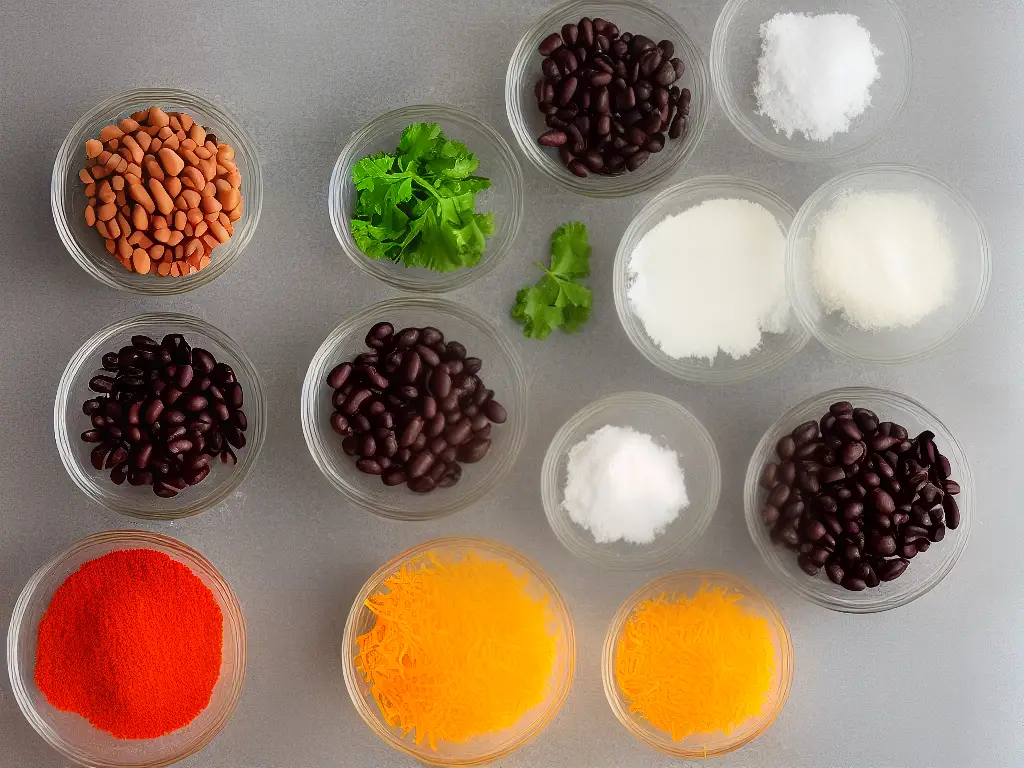
Healthy and Tasty Bean-Based Snacks and Appetizers
Moving on to appetizing ways of enjoying sprouted beans, bean dips and spreads are a popular choice that can be savored with crackers, chips, or veggie sticks. For instance, hummus is a delicious and nutritious spread made from mashed chickpeas, tahini, olive oil, lemon juice, and garlic. It can be customized with a variety of add-ins, such as roasted red peppers, sun-dried tomatoes, or fresh herbs like parsley and cilantro. Similarly, a black bean dip combines cooked black beans with ingredients such as garlic, onion, lime juice, jalapeño, and spices to create a creamy, zesty, and protein-packed dip perfect for pairing with tortilla chips or raw vegetables.
Another bean-based appetizer to consider is white bean and roasted garlic puree, a sophisticated and tasty spread. To make this appetizer, cannellini beans or navy beans are blended with roasted garlic, olive oil, and lemon juice until smooth. The puree can be seasoned with herbs like rosemary or thyme, and served with crusty baguette slices or artisanal crackers for a mouth-watering starter course. This white bean and roasted garlic puree makes for a lighter alternative to traditional cheese or cream-based spreads, and any leftovers can even be used as a base for cream soups or pasta sauces.
Bean-based snacks are also gaining popularity for their health benefits and versatility. One such snack is roasted chickpeas; when prepared and seasoned correctly, they become a crunchy, satisfying, and nutritious treat. Tossed in olive oil and an array of spices – such as smoked paprika, cumin, or chili powder – and then roasted in an oven, chickpeas become snackable and addictive. This versatile legume can also be tossed with greens and dressed with vinaigrette for a hearty bean salad, or added to grain bowls or pitas for a filling meal.
Bean-stuffed mushrooms can be a flavorful and satisfying appetizer that showcases the texture and taste of beans. To make this dish, mushroom caps are filled with a mixture of cooked beans (such as black beans, lentils, or white beans), sautéed onions and garlic, breadcrumbs, and herbs, then baked until the mushrooms are tender and the filling is warm and golden brown. This appetizer is not only tasty and elegant but also provides a good source of plant-based protein and fiber.
A southwest bean salad is a delightful way to incorporate a variety of beans into your meal, showcasing fresh vegetables, avocado, and a tangy homemade dressing. Beans such as black beans, kidney beans, or pinto beans are used in this colorful and nutritious salad, which can be further customized with bell peppers, red onion, corn, and a burst of flavor from freshly chopped cilantro. The dressing, made with lime juice, olive oil, garlic, and spices like cumin and chili powder, adds a zesty kick to the dish. This bean salad can be served as a refreshing appetizer with chips or tortillas, or used as a topping for tacos or stuffed into a burrito for an easy, protein-packed lunch.
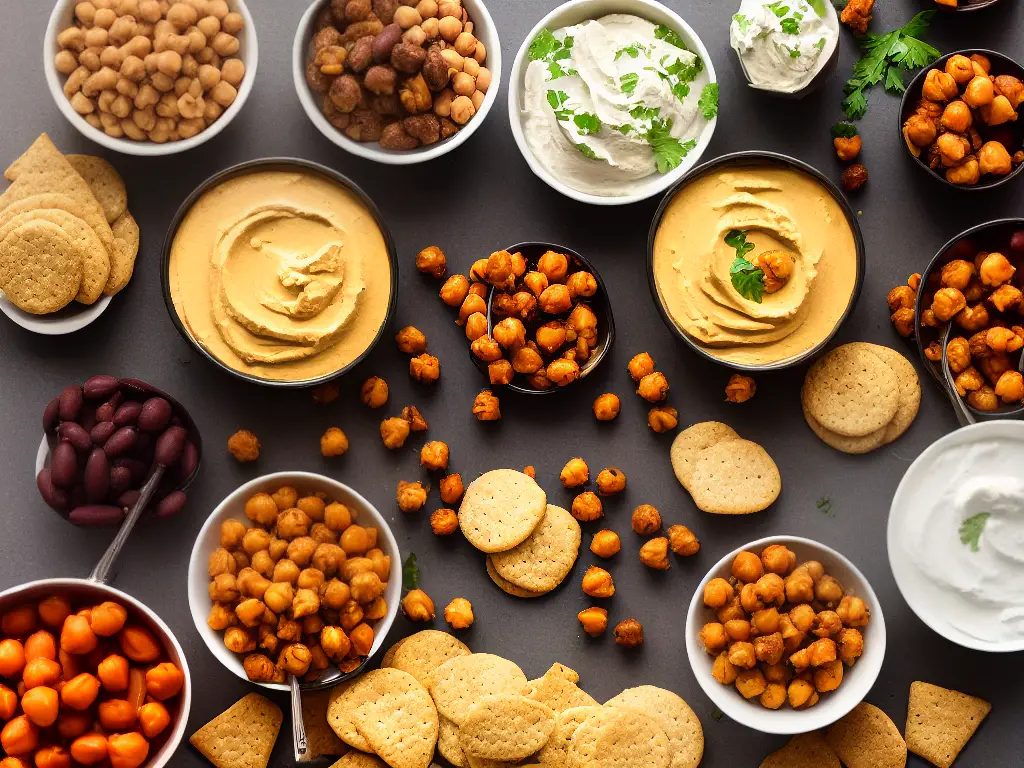
Bean-based Soups and Stews: A Nutritious and Flavorful Journey Across Cuisines
Moving on to soups and stews, beans provide a delicious and comforting base while also being highly nutritious, offering plant-based protein, fiber, vitamins, and minerals. Classic bean soups and stews such as minestrone and chili have been enjoyed for generations around the world, now available in modern and regional adaptations. Explore the diverse range of flavors and ingredients in dishes like smoky black bean soup or hearty white bean and kale soup, for a satisfying and wholesome meal using the versatile and nutritious bean as the star ingredient.
In Italian cuisine, minestrone is a timeless classic featuring a variety of beans, vegetables, and often pasta or rice in a flavorful tomato-based broth. While there are numerous variations of this dish, key ingredients often include white beans, green beans, onion, celery, carrot, tomatoes, and zucchini. The addition of fresh herbs such as basil or oregano can elevate the flavors of the soup and provide a delightful aroma. Similarly, chili, a popular American dish, primarily consists of beans, meat (such as ground beef or turkey), and a mixture of warming spices such as cumin, chili powder, and paprika. Vegetarian versions can also be just as satisfying by simply increasing the variety of beans and vegetables, such as bell pepper, squash, and sweet potatoes.
Black bean soup, a beloved Cuban and Mexican dish, combines earthy black beans with smoky and spicy flavors for a rich, satisfying meal. A combination of onions, garlic, and green peppers is often sautéed and then blended with the beans before adding them back into the broth, creating a thick and velvety texture. The soup can be garnished with a variety of toppings such as avocado, sour cream, cilantro, and lime, to add brightness to the dish.
Moroccan lentil soup provides an exotic twist on bean-based soups, incorporating aromatic spices such as cumin, coriander, and cinnamon. Red or green lentils serve as the base for this soup along with nutrient-rich vegetables like carrots, celery, and onion. The dish is completed with fresh lemon juice and cilantro or parsley, adding a vibrant and tangy character to the rich depth of flavors. Thai red bean curry, inspired by traditional Thai cuisine, is another exotic bean dish that can be enjoyed in a soup or stew form. The dish starts with a base of red curry paste, coconut milk, and vegetable broth before adding red beans (such as kidney or adzuki beans), vegetables like bell peppers and bamboo shoots, and a protein source (such as tofu or chicken). The dish can be made as mild or spicy as desired and is typically garnished with fresh Thai basil and a squeeze of lime juice.
Discovering the vast variety of bean-based soups, stews, and dishes from different cuisines around the world can lead to a delightful exploration of unique flavors and ingredients. Beans can be easily transformed into comforting and wholesome dishes that cater to a wide range of dietary preferences, such as vegetarian and vegan diets. By experimenting with various spices, herbs, and vegetables, a diverse range of mouthwatering bean recipes can be created and savored by all.
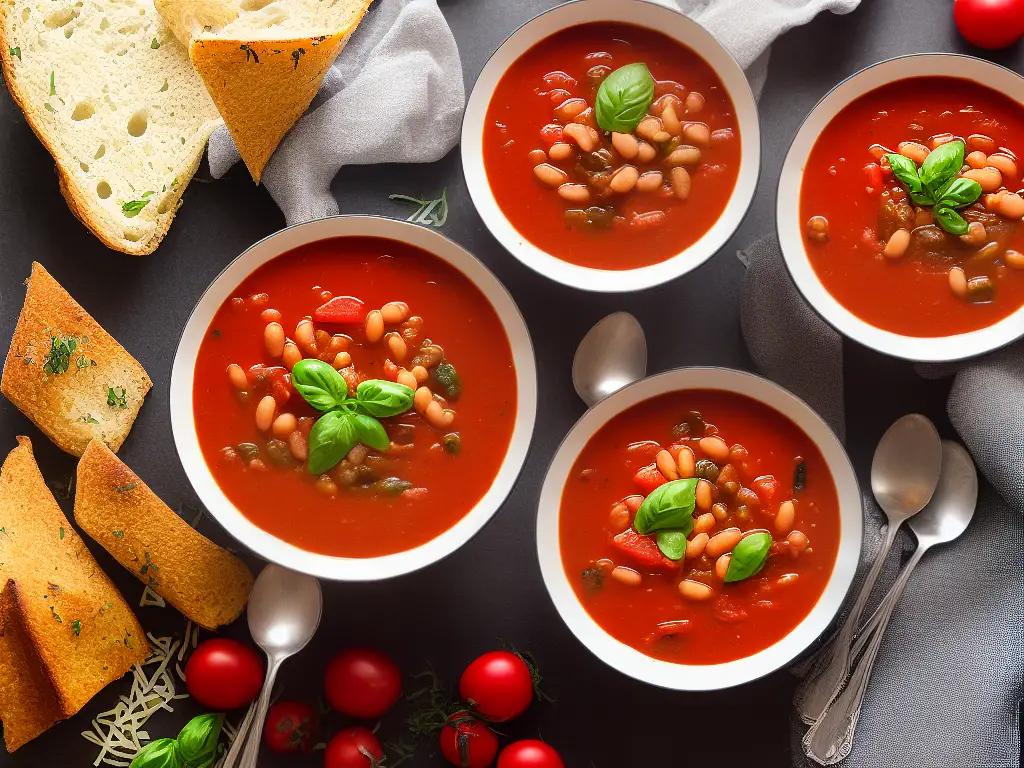
Delicious Bean-Based Main Dishes
One particularly delicious option is bean burgers, which serve as a tasty alternative to beef patties. Made from a wide variety of beans like black beans, chickpeas, or kidney beans, bean burgers offer creative possibilities with their seasoning using different herbs and spices. To give them structure, ingredients like breadcrumbs or oats are usually combined with the beans before cooking. These bean burgers can be grilled, baked or cooked on the stovetop, and provide a rich source of plant-based protein apart from being nutritious and filling. Served on a bun with toppings like avocado, leafy greens or other fresh vegetables, bean burgers can also be enjoyed as a lettuce wrap or as the main dish with a side salad, catering to diverse meal preferences.
Rice and beans is a classic and versatile bean-based main dish, enjoyed in various forms around the world. From the Creole red beans and rice of New Orleans to Spanish paella, this staple dish often combines legumes with rice cooked in a flavorful broth with vegetables and spices. Rich in protein, fiber, and nutrients, rice and beans can be prepared as a simple, one-pot meal or embellished with additional ingredients such as sausage, chicken, or seafood. This satisfying dish is often served as a main course with a side of greens or a fresh salad.
Bean casseroles offer a hearty and comforting meal option that can be tailored to suit a variety of dietary preferences. Beans such as black, pinto, chickpeas, or navy beans can be combined with vegetables, grains, or pasta before being baked in a flavorful sauce or broth. Bean casseroles can easily be made vegetarian or vegan by substituting meat with additional vegetables or plant-based protein sources such as tofu or tempeh. Some popular bean casserole dishes include baked beans, green bean casserole, and three-bean chili. These dishes pair well with a crusty loaf of bread or a side of steamed vegetables.
Bean enchiladas are a delicious and satisfying dish that showcases the versatility of beans. They can feature a variety of legumes such as black beans, pinto beans, or refried beans, and are commonly combined with ingredients like rice, cheese, and roasted vegetables. Rolled in tortillas and smothered in enchilada sauce, bean enchiladas can be customized according to individual tastes with the addition of various toppings such as sour cream, avocado, cilantro, and jalapenos. As a versatile and delicious meal option, bean enchiladas can be enjoyed with a side of Mexican rice and a bowl of fresh guacamole.
Chana masala, a popular Indian dish made with chickpeas, is a delightful bean-based main dish to try. It consists of chickpeas simmered in a spiced tomato-onion gravy, infused with flavors such as cumin, coriander, turmeric, and amchur (dry mango powder). Chana masala is typically served with rice or a variety of Indian bread, like roti, naan, or paratha. This aromatic and hearty dish provides a nourishing, protein-packed meal that can be easily tailored to different spice levels and can also be adapted into a vegan-friendly meal by substituting ghee with vegetable oil.
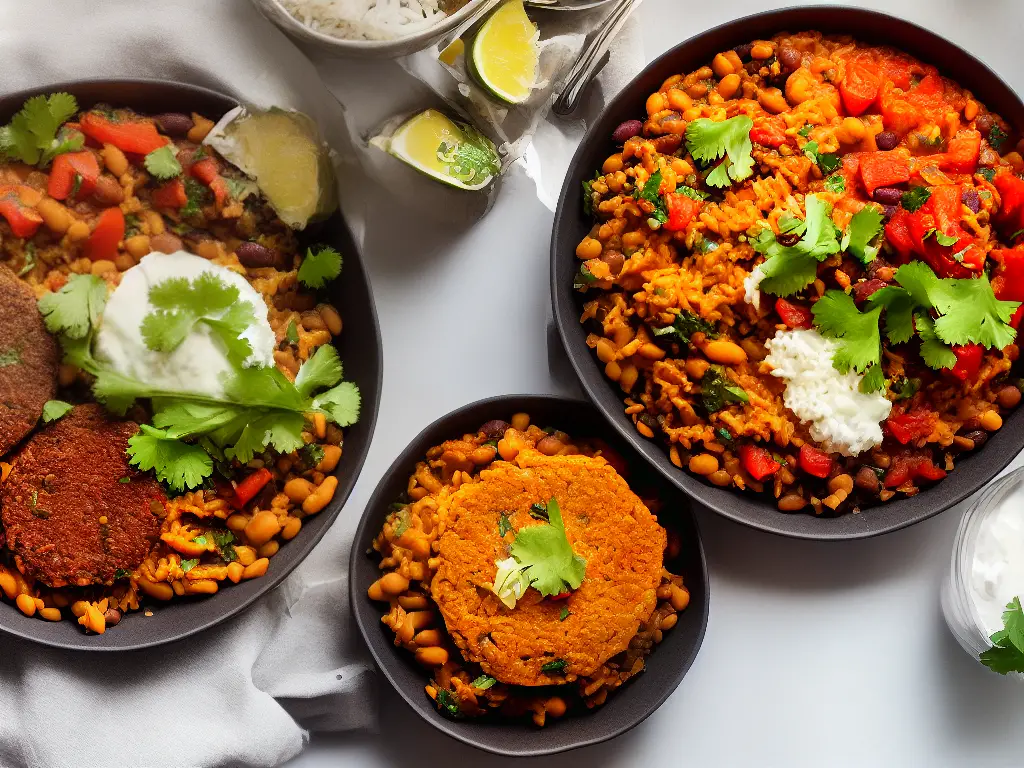
Bean-Based Desserts
For dessert, consider trying black bean brownies, a fantastic alternative to traditional brownies made with flour. This bean-based dessert is rich, fudgy, and packed with protein. To maximize the flavor, use high-quality dark chocolate and cocoa powder. You can also experiment with additional ingredients like instant coffee powder, vanilla extract, or a hint of cinnamon to elevate the taste. Moreover, black beans are incredibly moist, making this dessert an excellent choice for gluten-free and health-conscious individuals. Combined with Chana masala as the main course, this meal not only satisfies your taste buds but also keeps you energized and refreshed.
Adzuki bean ice cream, also known as “red bean” ice cream, is a popular dessert in East Asian countries like Japan, Korea, and China. It is made from sweetened adzuki bean paste combined with a cream base. To achieve the perfect blend of flavors, choose high-quality adzuki beans and simmer them with sugar, water, and a pinch of salt until they form a smooth and velvety paste. Once the bean paste is ready, simply mix it with a standard ice cream base for a thick, creamy dessert with rich earthy undertones. Not only is this dessert uniquely tasty, but also filled with fiber, nutrients, and antioxidants.
Chickpea chocolate chip cookies are yet another extraordinary bean-based dessert that is difficult to resist. The chickpeas provide a hearty, hearty texture to the cookies while offering an excellent source of plant-based protein. To maximize the flavor of these cookies, opt for quality chocolate chips and incorporate aromatic ingredients like vanilla extract, almond extract, or ground cinnamon. You might also want to experiment with the texture – puree the chickpeas for a smoother consistency or leave them slightly chunky for a more rustic, nutty texture. Trust us, you won’t even know that you’re eating beans in these scrumptious, protein-packed cookies.
Lentil-based desserts, such as lentil cakes or bars, are also gaining in popularity. These versatile legumes provide a mild, earthy canvas to work with, allowing bold flavors like coconut, chocolate, or spices like cardamom and cinnamon to take center stage. Cooking the lentils with aromatic ingredients like orange zest, ginger, or even a bit of rosewater can effortlessly elevates the overall taste. Incorporate ground nuts, seeds, and dried fruits to create rich, textured bars full of nutritional benefits.
Beans are an incredibly versatile and nutritious ingredient found in various cuisines worldwide, and can even be incorporated into delightful desserts. One such unconventional yet delicious bean-based dessert is cannellini bean mousse. This smooth, velvety mousse can be flavored with cocoa powder, caramel sauce, maple syrup, or fruit preserves to create a satisfying sweet treat.
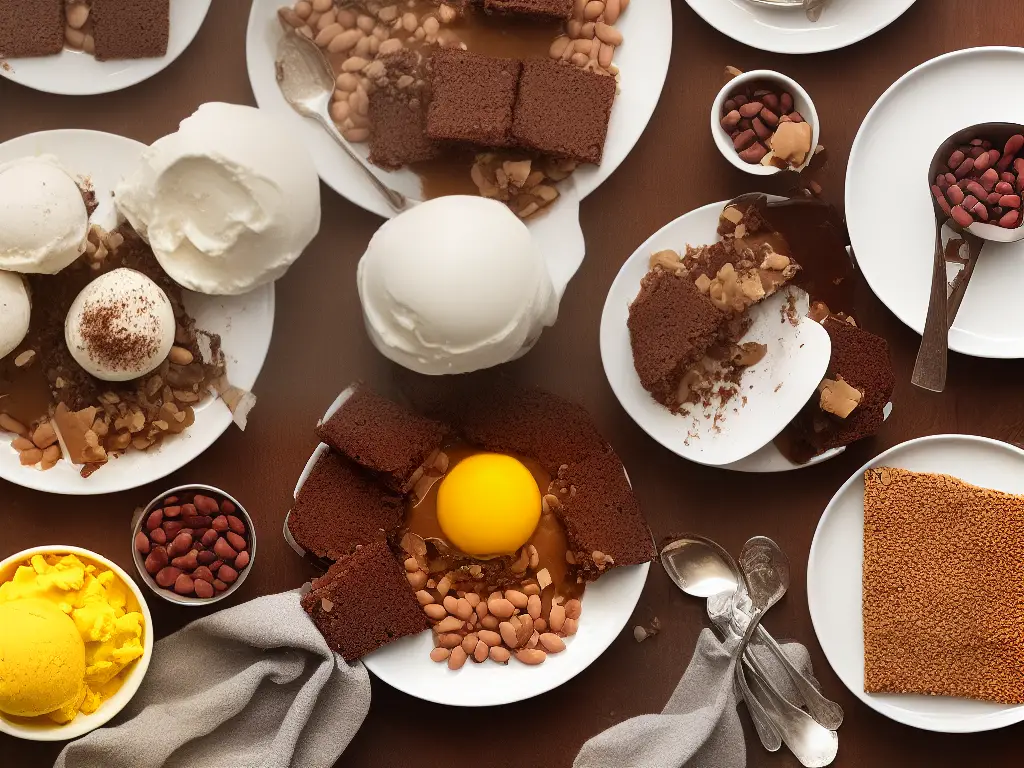
The Versatility of Beans in Global Cuisine
To prepare this mousse, puree cooked (or canned and drained) cannellini beans with sugar, melted chocolate, or fruit puree, along with a touch of vanilla or almond extract. For an utterly creamy texture, fold in whipped cream or coconut cream before chilling the mixture. The result is an indulgent, wholesome, and flavorful option that will undoubtedly leave you wanting more. Beans can also be found in savory dishes, like the famous Mexican dish refried beans or “frijoles refritos.” This popular side dish uses either pinto or black beans as its base, cooked and mashed with various seasonings like garlic, onions, and spices before frying in a small amount of oil or lard. The final creamy yet textured consistency of refried beans makes them a perfect accompaniment or filling for tortillas, tacos, and many other Mexican dishes.
Brazilian black bean stew, known as “feijoada,” is another iconic bean dish with strong regional flavors. This hearty stew features black beans as its primary ingredient, cooked slowly with a variety of smoked and salted meats, such as pork, beef, and sausages. The dish is typically flavored with onion, garlic, bay leaves, and other spices, providing a rich and smoky aroma that is unmistakably Brazilian. Feijoada is typically served with rice, braised collard greens, and an orange slice for a perfect blend of flavors and textures that showcase the best of Brazilian cuisine.
Indian cuisine also boasts an incredible variety of flavorful bean dishes, including a wide range of dals or lentil-based curries. Dals can be made using various types of lentils and pulses, such as red, yellow, or green split peas, chickpeas, or mung beans. These hearty dishes incorporate a complex blend of spices, like turmeric, cumin, coriander, and garam masala, which are further enhanced with the addition of fresh herbs, tomatoes, and chilies. In Indian homes and restaurants alike, dals are served as a primary source of protein alongside rice, roti, or naan bread for a satisfying and nutritious meal.
In Mediterranean cuisine, bean dishes are celebrated in the form of creamy spreads and dips, as well as in various salads and stews. Hummus, a chickpea-based dip, is a staple in many Middle Eastern countries, combining mashed chickpeas with tahini, olive oil, lemon juice, and garlic. Another popular Mediterranean bean dish is “gigantes plaki,” a Greek dish made with large white beans cooked in a rich tomato sauce with garlic, onion, and a mix of fragrant herbs such as dill, parsley, or oregano. Both dishes showcase the versatility of beans and the diverse range of flavors and textures that can be achieved within Mediterranean cuisine.
In traditional French cuisine, the famous “cassoulet,” a slow-cooked bean stew originating from the Languedoc region in southern France, showcases the versatility and importance of beans in global cuisines. Typically prepared with white beans, such as “haricots lingots,” this dish also features various meats such as pork, sausages, and duck confit, making it a rich and hearty meal. The beans absorb the flavors from the meats and herbs, like thyme and rosemary, creating the classic tender texture and savory taste that has made this dish a French classic.
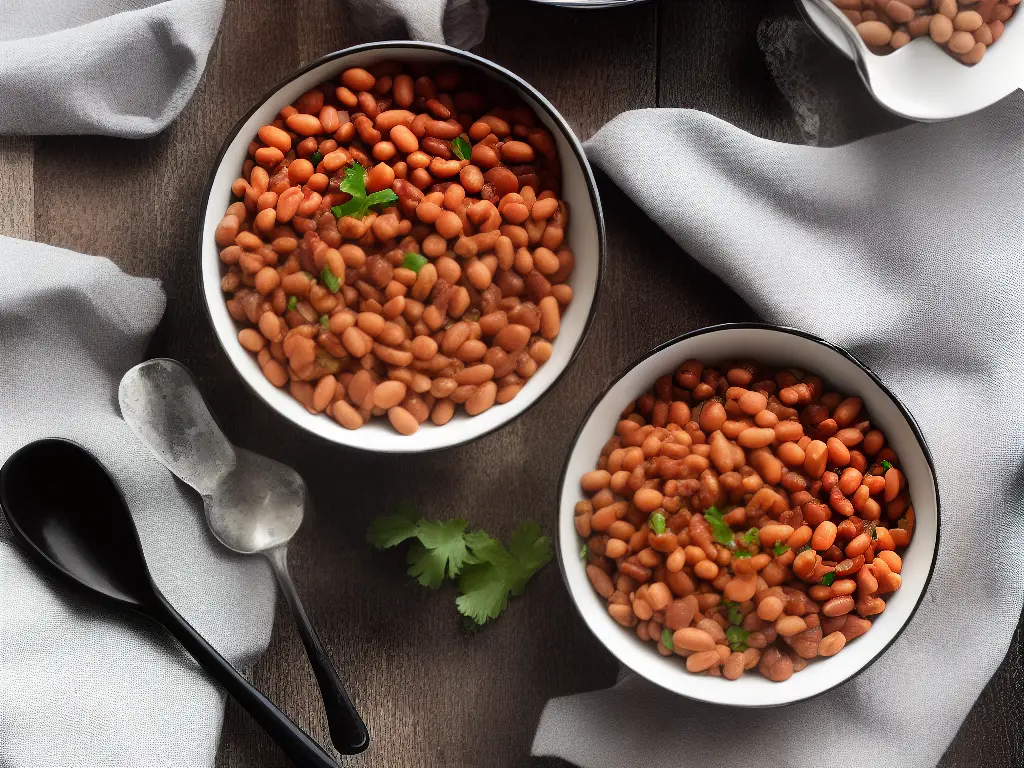
Creating Delicious Bean Recipes
As demonstrated by the popular cassoulet, beans are nutrient-rich and adaptable ingredients that can be incorporated into a variety of delicious recipes. To create your own bean recipes, it’s essential to experiment with different flavors, textures, and types of beans. Start by familiarizing yourself with the wide array of beans available, such as black beans, kidney beans, pinto beans, chickpeas, and cannellini beans. Each bean type offers unique flavors and textures that can easily be adapted to your desired dish, allowing you to explore and enjoy the diverse world of bean-based cuisine.
To experiment with the flavor, consider various herbs, spices, and seasonings when creating your bean recipes. Mexican dishes often incorporate cumin, chili powder, and oregano for a bold taste, while Mediterranean recipes may feature basil, rosemary, and thyme for a more subtle, aromatic flavor profile. Additionally, combinations of garlic, onion, tomatoes, and peppers can yield a satisfying base for bean dishes. Don’t be afraid to get creative and explore various flavors; perhaps you can even create your own signature seasoning blend.
When devising bean recipes, think about the texture that you want to achieve. You can make a smooth and creamy bean dip by blending beans with additional ingredients like cream cheese, sour cream, or avocado. Alternatively, beans can be left whole and incorporated into soups, salads, or rice dishes for a hearty and satisfying meal. Remember that the cooking method you employ will also affect the texture of your beans, such as using a slow cooker for a tender result or opting for a stovetop method for firmer beans.
In order to develop innovative bean recipes, it’s a great idea to find inspiration in popular online sources. Websites such as Allrecipes, Food Network, and BBC Good Food offer numerous bean-based recipes that you can use as a starting point. Likewise, food blogs and cooking channels on YouTube can be a treasure trove of culinary inspiration. As you browse through these sources, take note of the flavor combinations and cooking techniques that resonate with you, and then use this newfound knowledge to craft your own unique bean recipes.
Pairing beans with complementary ingredients is another key element in creating delectable bean recipes. Produce such as kale or spinach can be stirred into a bean dish for added color and nutrients, while ingredients like quinoa, rice, or pasta can contribute additional texture and bulk. Sturdy vegetables, like bell peppers or zucchini, can also be stuffed with a mixture of beans and spices for a creative and flavorful spin on traditional stuffed pepper recipes. As you continue to experiment with various bean pairings, you’ll develop a better understanding of the flavor profiles that work best for your personal preferences, ultimately leading you to devise impressive and mouthwatering bean dishes.

Throughout this essay, we have explored the incredible world of beans, understood their nutritional benefits, and discovered various preparation techniques. We have ventured through bean-based appetizers, soups, stews, main dishes, desserts, and international bean-centric dishes, showcasing the versatility of these little powerhouses. As you continue to learn about beans and experiment in your kitchen, remember to draw inspiration from various cuisines and be open to trying new flavors and textures. Beans provide an endless canvas for culinary creativity, and the delicious possibilities are just waiting to be discovered.
